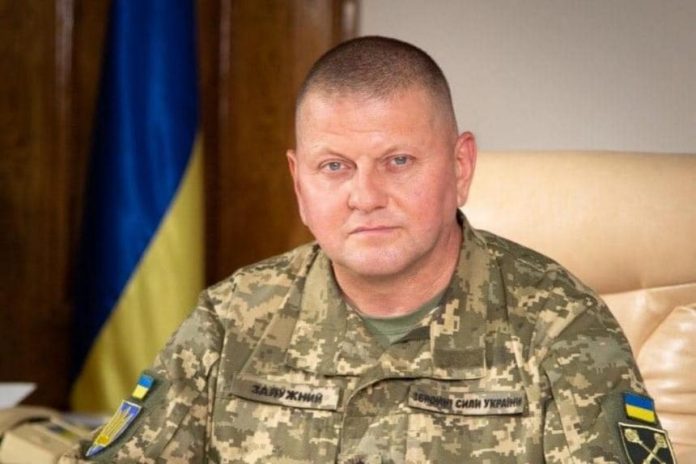
The Russian-Ukrainian War has utterly transformed the character of war,” declared former Ukrainian commander-in-chief Valeriy Zaluzhniy earlier this spring. The remark sounds particularly apt as Sumy region becomes the newest hotbed, where Ukrainian troops have been seen push Russian troops back 20 kilometers, prompting a new round of evacuations and a rush to beef up defenses. The fight for Sumy is more than a regional squabble—it is a microcosm of changing strategies, tech races, and the dark human toll that now characterizes the third year of war.
As fronts are advanced and strategies are changed, the region is made into an experiment base for warfare creativity and an inferno that experimented on civilian resistance. From the trenches in Sumy to Moscow’s power networks to Kyiv, the latest chapter in the war depicts not only the somber realities of warfare in the modern era but also the creativity and resourcefulness of those who are living it. The following are nine key observations regarding the timing of the war in Ukraine, ranging from battlefield strategy to local farmers’ impact.
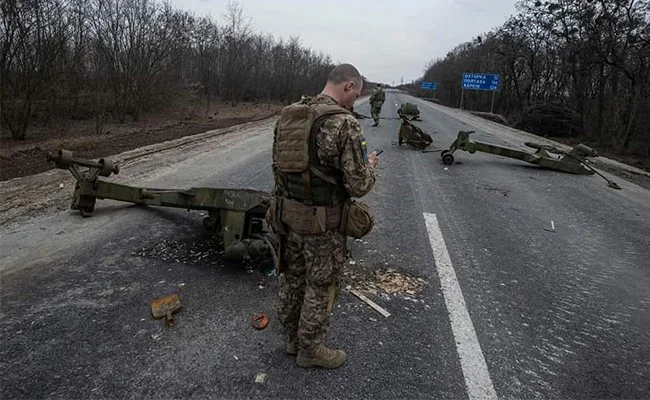
1. Ukrainian Pushes in Sumy: Fierce Pushback
Ukrainian troops have made a robust push inside the Sumy region, retreating Russian troops by as much as 20 kilometers, according to reports. The victory is amid fierce fighting and increased evacuations, more than 50,000 of which evacuated the region in the last month (source). President Volodymyr Zelensky has openly addressed officers, sergeants, and soldiers, thanking them for their work through the strategic value of keeping the line in Sumy. Authorities balance that these improvements, incremental as they are, represent an important gauge of Ukraine’s aggregate battlefield coordination and skill at improvising under duress.
But nevertheless, the human cost continues to be in excess. Russian forces have been reported to have rocketed evacuation convoys, worsening the crisis and indicating the human cost in lives of the conflict. In the words of Zelensky adviser Mykhailo Podolyak, “I think the military has the situation under control and I think we shall see a different picture in the coming days.”
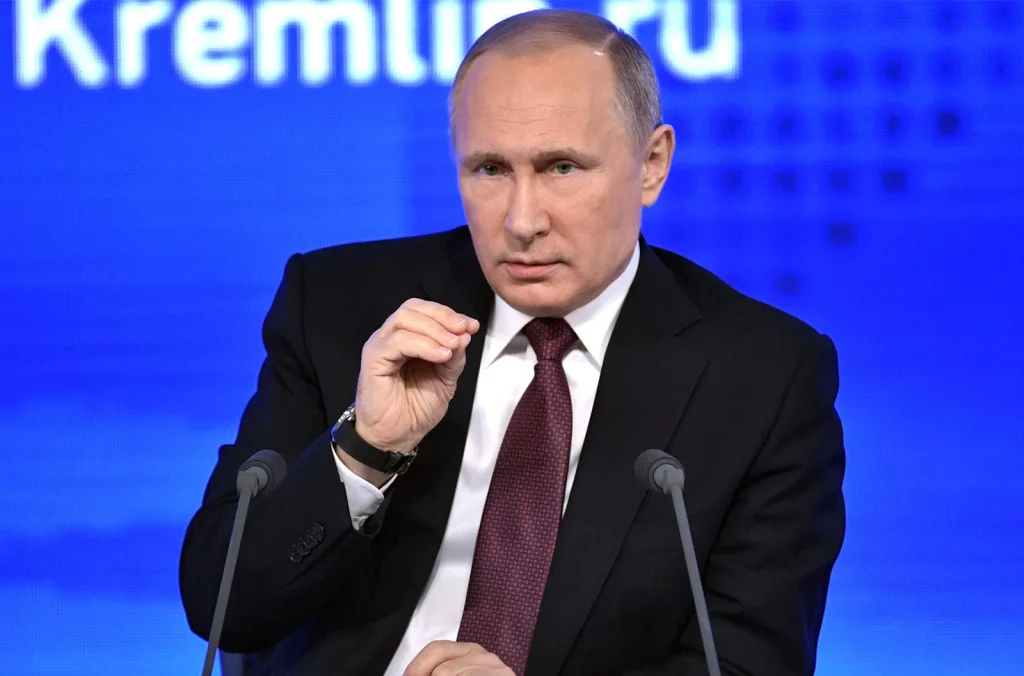
2. The Buffer Zone: Russia’s Strategic Shift and Its Contradictions
President Vladimir Putin’s new appeal for a “security buffer zone” on the Russia-Ukraine border represents a watershed moment in Moscow’s war objectives. Presented as a defensive measure to protect Russian soil from bombardment by artillery and drones, the concept of the buffer zone really shows a desire to push further into Ukrainian soil—quite possibly further still than sovereign territory Russia has annexed officially (source).
The policy is a contradiction to assertions by some Western leaders that Russia is seeking an “off-ramp” to end the war. The policy of buffer zones rather than is a replica of Soviet-era security policies and portends an intensification, rather than containment, of the war. The action also moves Russian forces closer to the borders of NATO, raising stakes for regional security and Western reaction.

3. Fortifications and Discontents: A Race Against Time in Sumy
The speed of the Russian push caught out glaring vulnerabilities in Sumy’s defensive preparations. Satellite photos taken in April 2025 showed a complete lack of engineering-fortification defenses on the most important sections of the border, with trenches and strongpoints commonly constructed by the troops themselves and without serious hindrances (source).
Public outrage has grown as a desperate bid to reinforce these lines goes on. The absence of anti-tank ditches, minefields, and major hurdles has enabled Russian forces to capitalize on vulnerabilities, although recent weeks have witnessed an effort to bring more online resources and to reinforce defenses, including anti-drone nets and enhanced air defenses (source).

4. The Human Cost: Farmers Caught Between War and Survival
For Sumy farmers, the war has been ruinous and discomfiting. Defenses and bans on farming in the border have destroyed revenues, with some losing more than a third of their agriculturally funded budgets (source). Many continue to till the mined and disputed lands, sacrificing their lives to reap sustenance for families and communities.
Despite the fact that tax relief has been given by the government and compensation promises have been issued, the extent of lost agricultural land is unclear. As one in the region quoted herein, “Let (the Russians) kill me, because I have nothing to feed my cattle.” Such farmers’ suffering mirrors the wider economic and social costs of ongoing warfare.
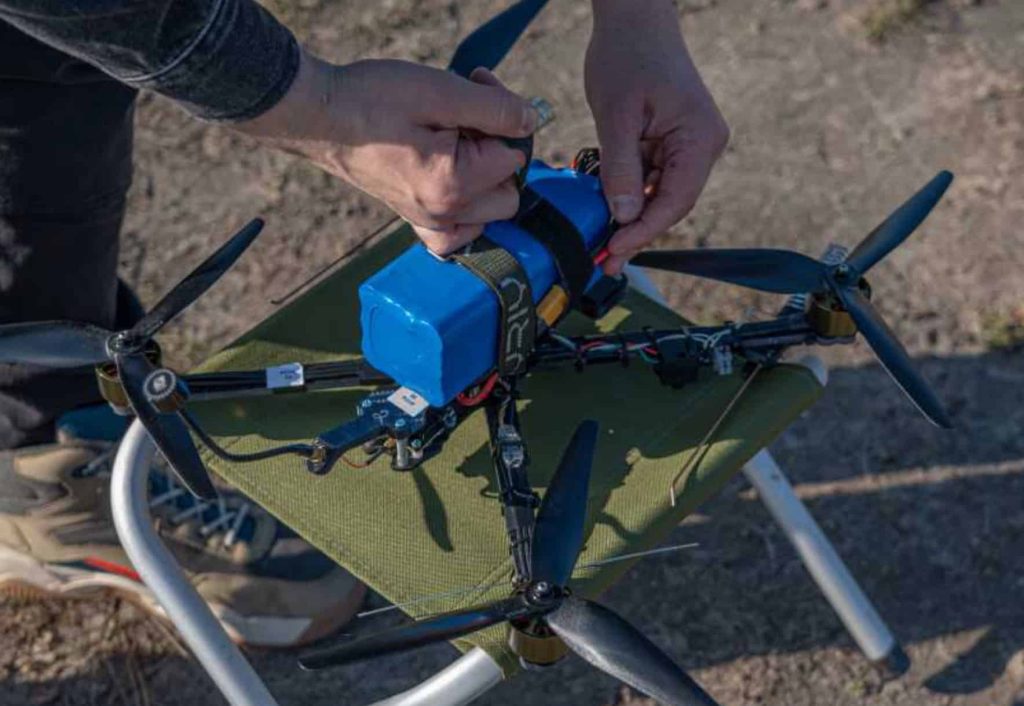
5. Ukraine’s Drone Revolution: From FPVs to Deep Strikes
Ukraine’s adoption of unmanned systems has revolutionized its military tactics. The nation now manufactures around 200,000 First Person View (FPV) drones per month, ten times the number produced at the beginning of 2024 (source). FPV drones now sit at the core of Ukraine’s defense, accounting for as much as 80 percent of Russian combat fatalities and offering the means to strike deep into Russian territory.
Ukraine’s triumphs extend to naval and land drones, whose crème de la crème has been targeting Russian warships and running the world’s first all-out unmanned ground campaign. The use of drones in every aspect of warfare not only filled the artillery vacuum but redrawn the contemporary battlefield, with NATO watching and emulating the tactics.
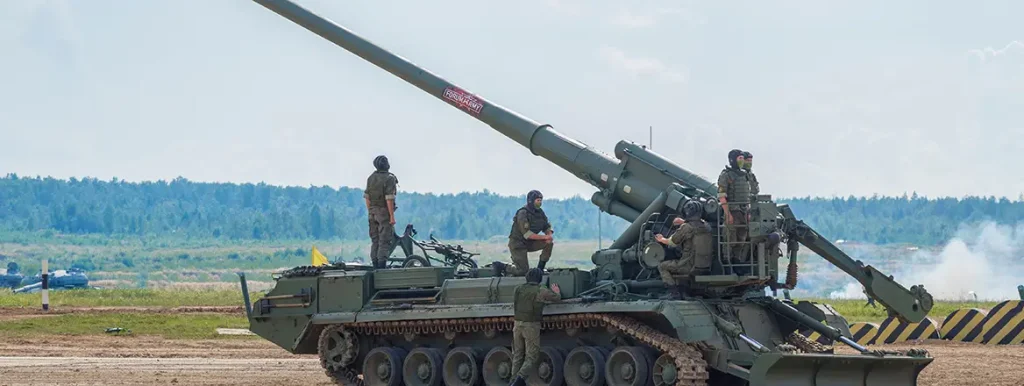
6. Russia’s Artillery Doctrine: Tradition Meets Innovation
Artillery is still the lifeblood of the Russian military, with concentrated fire and centralized command. Recent evidence shows that Russian artillery regiments typically range 12–15 km to the rear of the front, using UAVs and guided rounds to enhance accuracy (source). Munition shortages and force dispersal have seen the need to fall back on loitering munitions such as the Lancet-3 drone.
Although Russian artillery is also capable, the coordination problem of fires in mass and adjustment of countermeasures has revealed weaknesses. Ongoing Russian tactic adaptation, including the use of shock-fire and reconnaissance-fire systems, indicates an endless struggle to adapt by both armies.
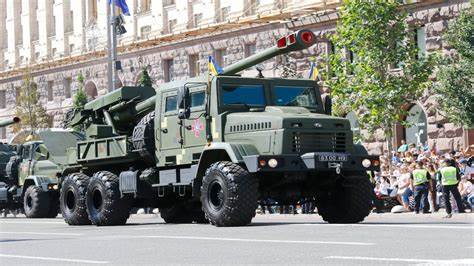
7. Ukraine’s Artillery Renaissance: The Bohdana Howitzer and Beyond
In an effort to turn around too much loss and ammunition depletion, Ukraine has increased domestic production of the 2S22 Bohdana self-propelled howitzer, currently producing up to 40 units monthly—a pace equal to Russia’s own production (source). The manufacturing push, combined with the addition of artillery, drones, and infantry operations, has placed artillery atop Ukrainian operations.
Ukrainian troops have also learned the hard way by preferring wheeled platforms for mobility and survivability, discovering that uncluttered simplicity and efficiency are generally better than technological complexity in hot combat (source).

8. The AI and Drone Arms Race: Limits and Innovations
Russia and Ukraine are racing each other to develop artificial intelligence and machine learning-enabled drones to automate targeting and reduce reliance on human pilots (source). Neither is introducing AI-capable drones in large quantities, but incremental technology—e.g., machine vision and fiber-optic control—is transforming battlefield strategy.
Ukraine’s bottom-up, open strategy to drone manufacturing, direct access with manufacturers and pace of battlefield trials, has placed it in a decisive advantage. Both are, however, hampered by the issues of mass production and embracing cutting-edge AI, with limited budgets and bureaucratic delays hindering progress.

9. The Humanitarian and Strategic Stakes Remain High
The Sumy conflict represents the war in general—a conflict not merely of place but of will, imagination, and stamina. As each side builds up and counterattacks, civilians suffer on the frontline, facing displacement, economic loss, and daily risk. The evolving technology and techniques of the Sumy battlefield will also have far-reaching implications for the trajectory of the war far beyond the local theatre, affecting not just military strategies but humanitarian intervention throughout Europe.
The trajectory of events in Sumy and along the front lines of Ukraine presents a complex portrait of the nature of contemporary war. From the battlefield deployment of drones and artillery to the plight of local farmers and the incessant quest for technological advantage, every turn of events demonstrates the constantly changing nature of the war. As new strategies shift and innovations turn into reality, the lessons derived here will echo on the battlefield as well as in defense planning and humanitarian policy for generations to come.
